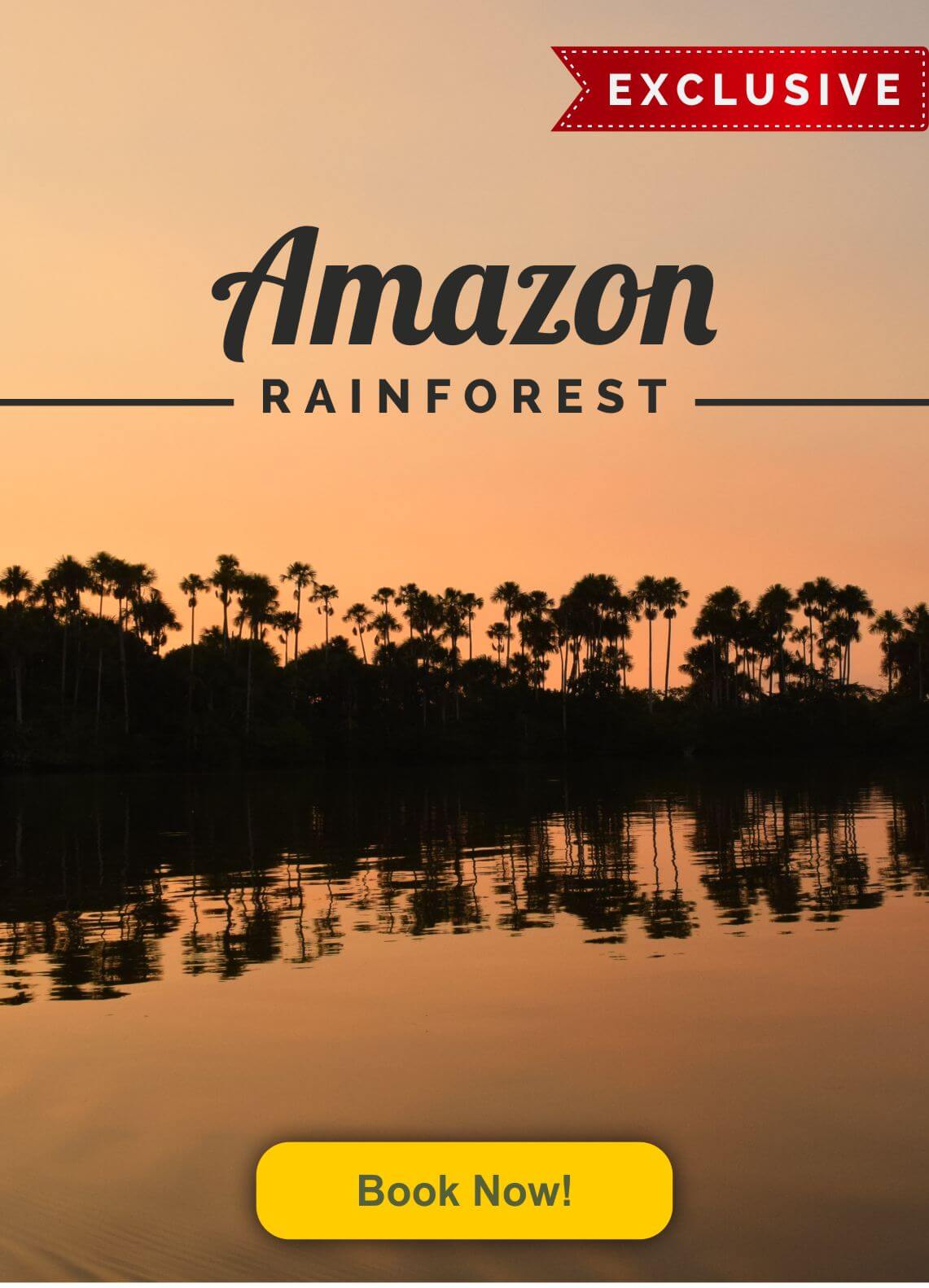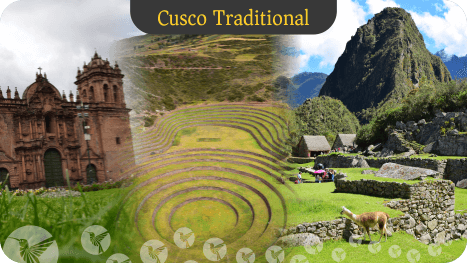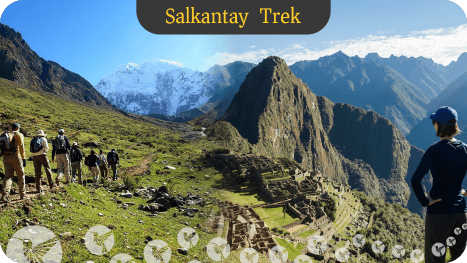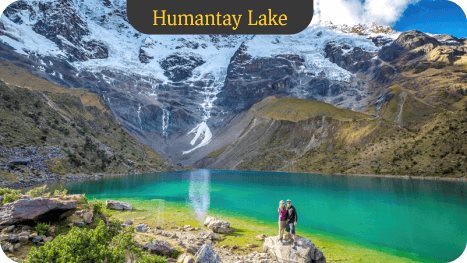- +51 992 860 327
- info@neotropicperu.com
Birdwatching in Peru & Inca Empire
Lima - Cusco - Sacred Valley - Abra Malaga - Machu Picchu - Manu National Park
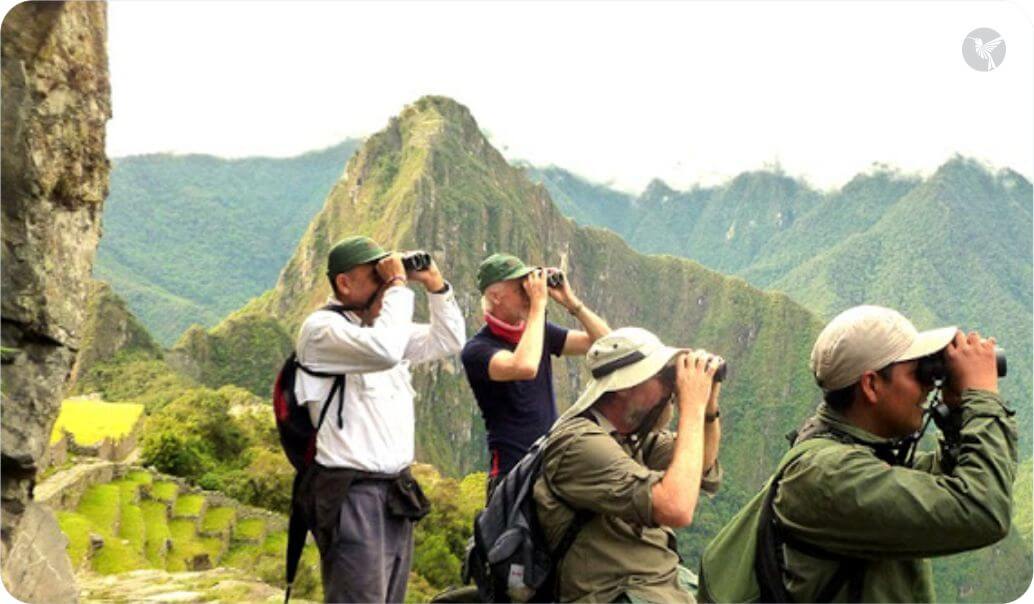
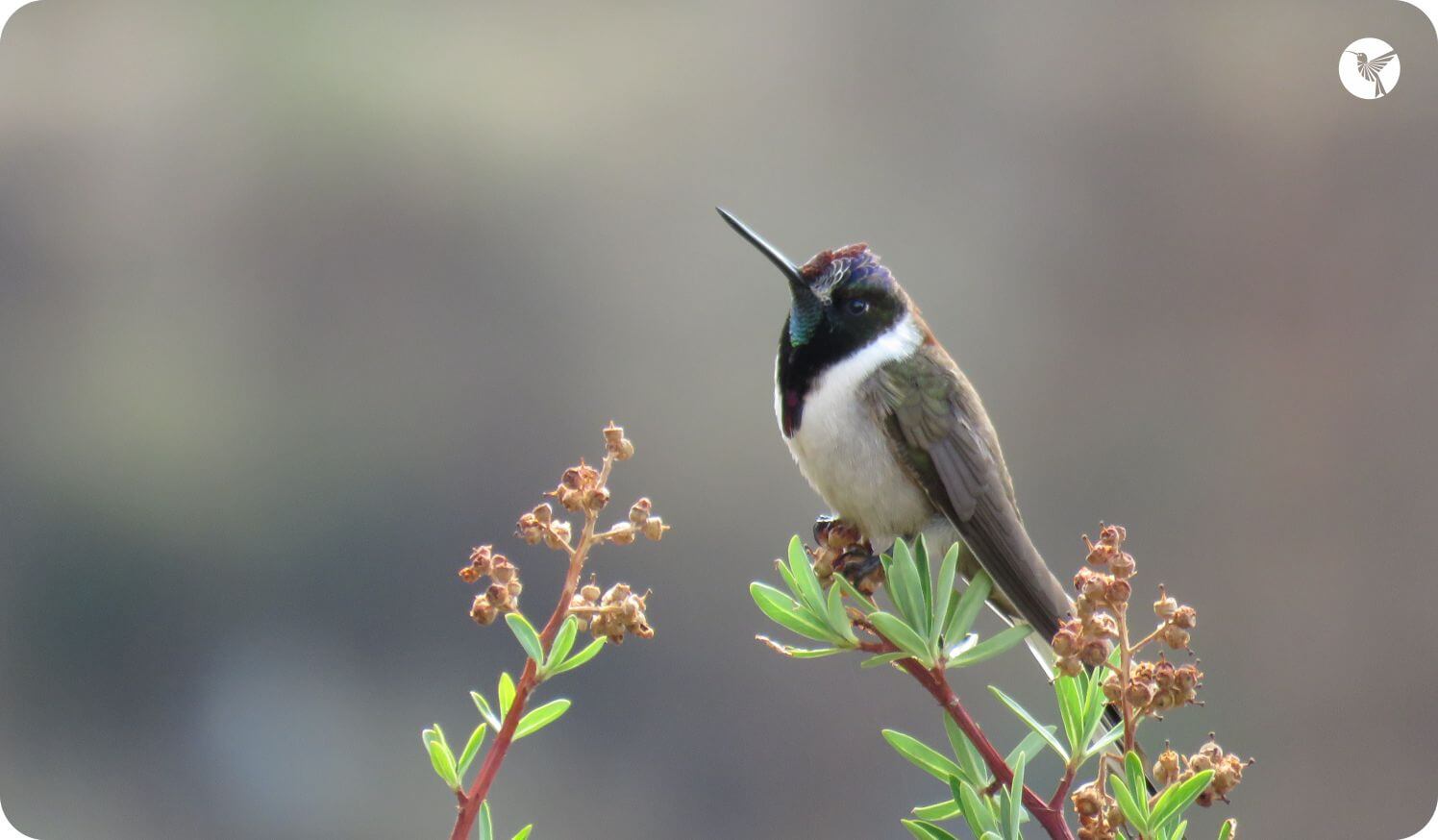
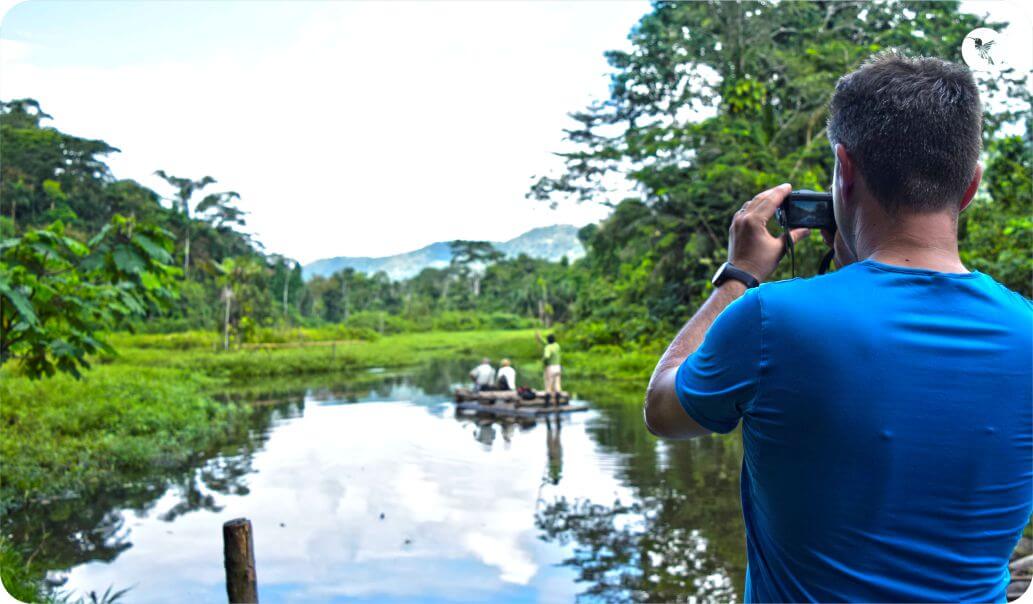
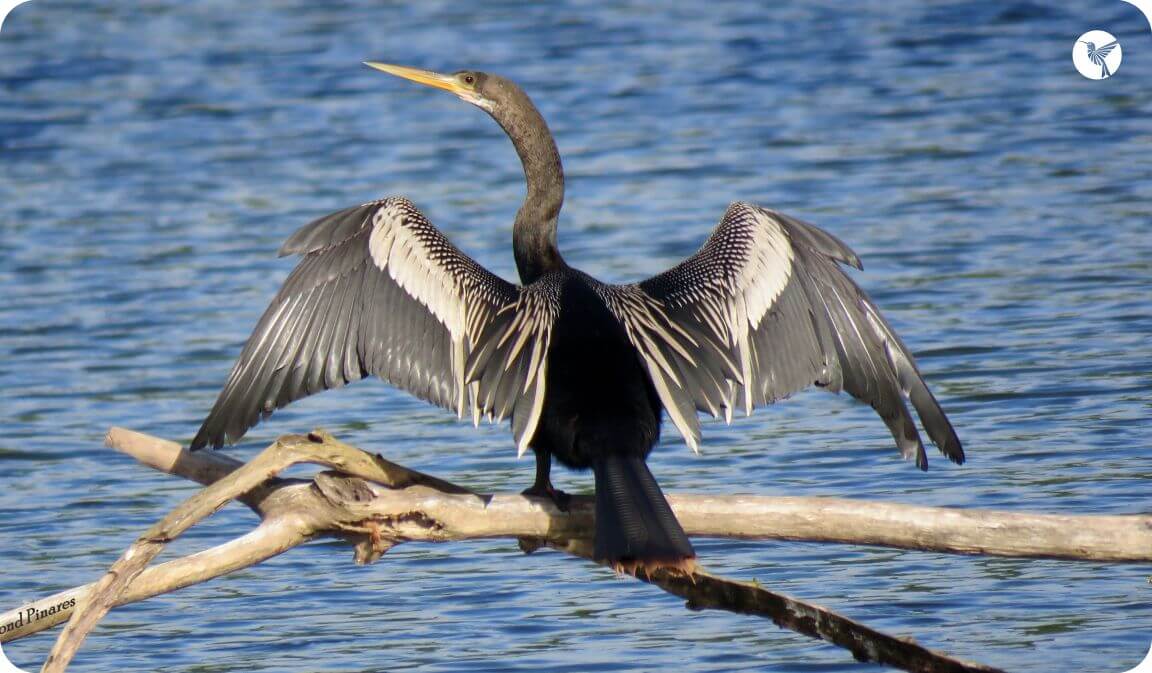
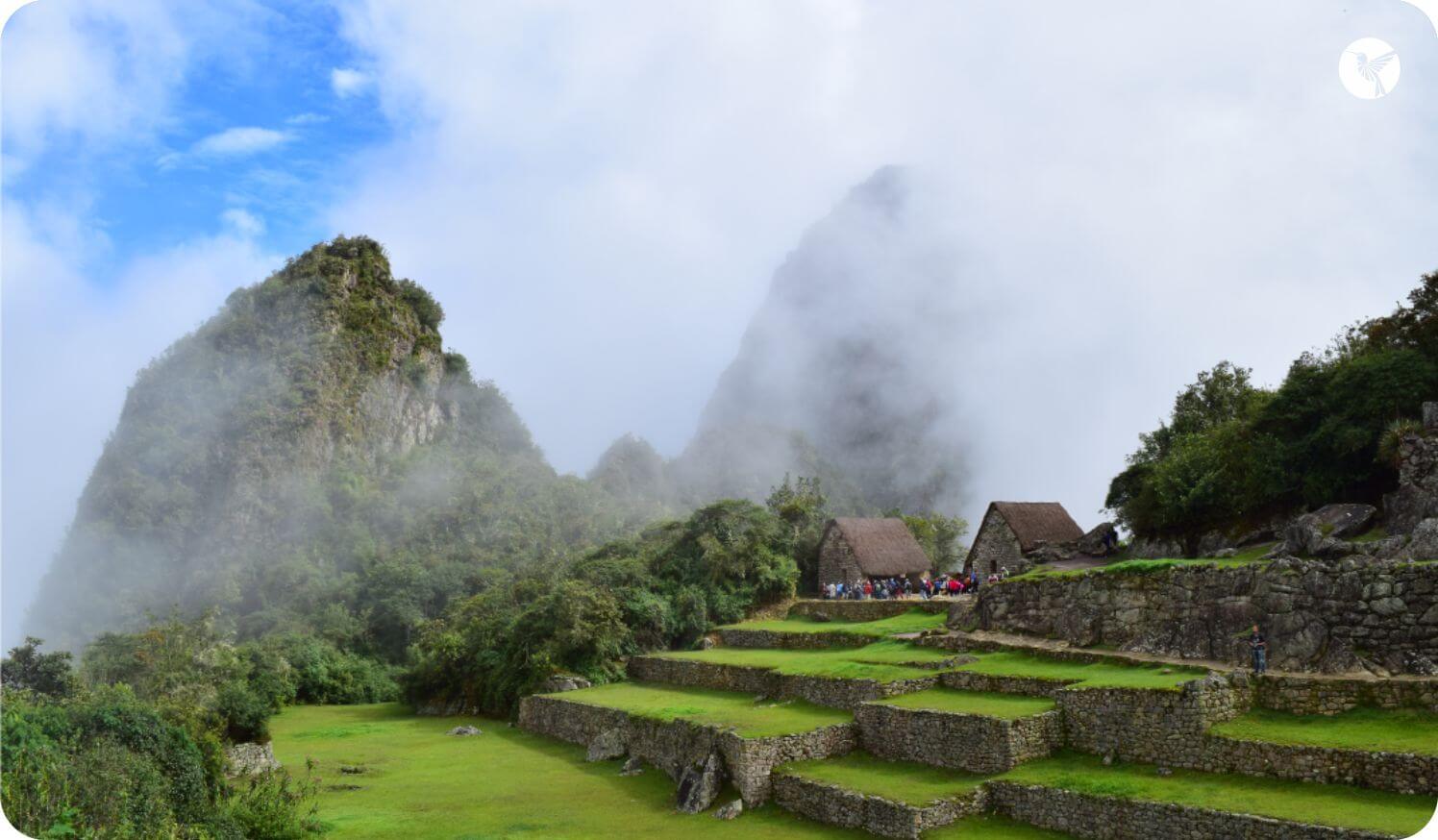
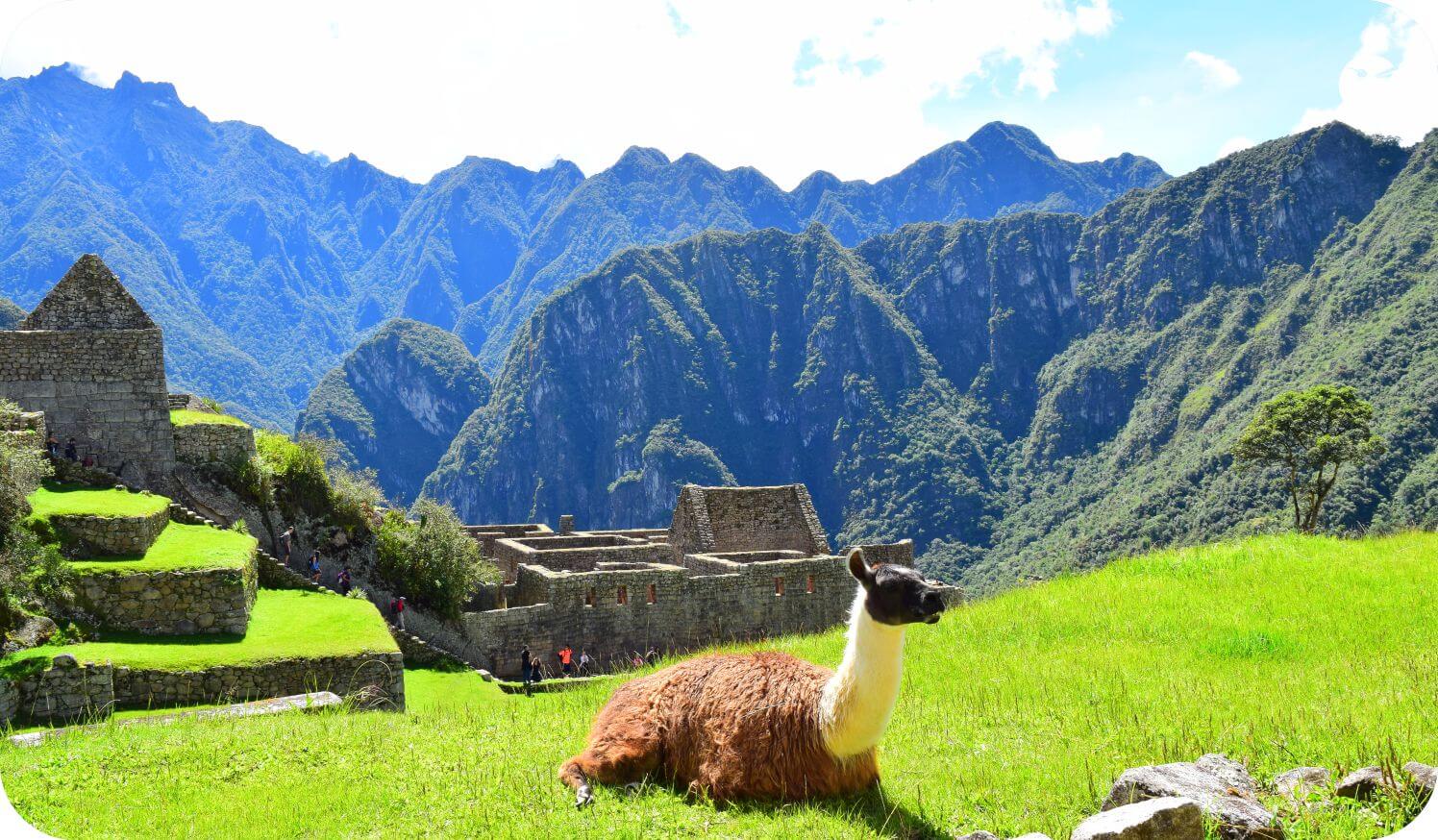
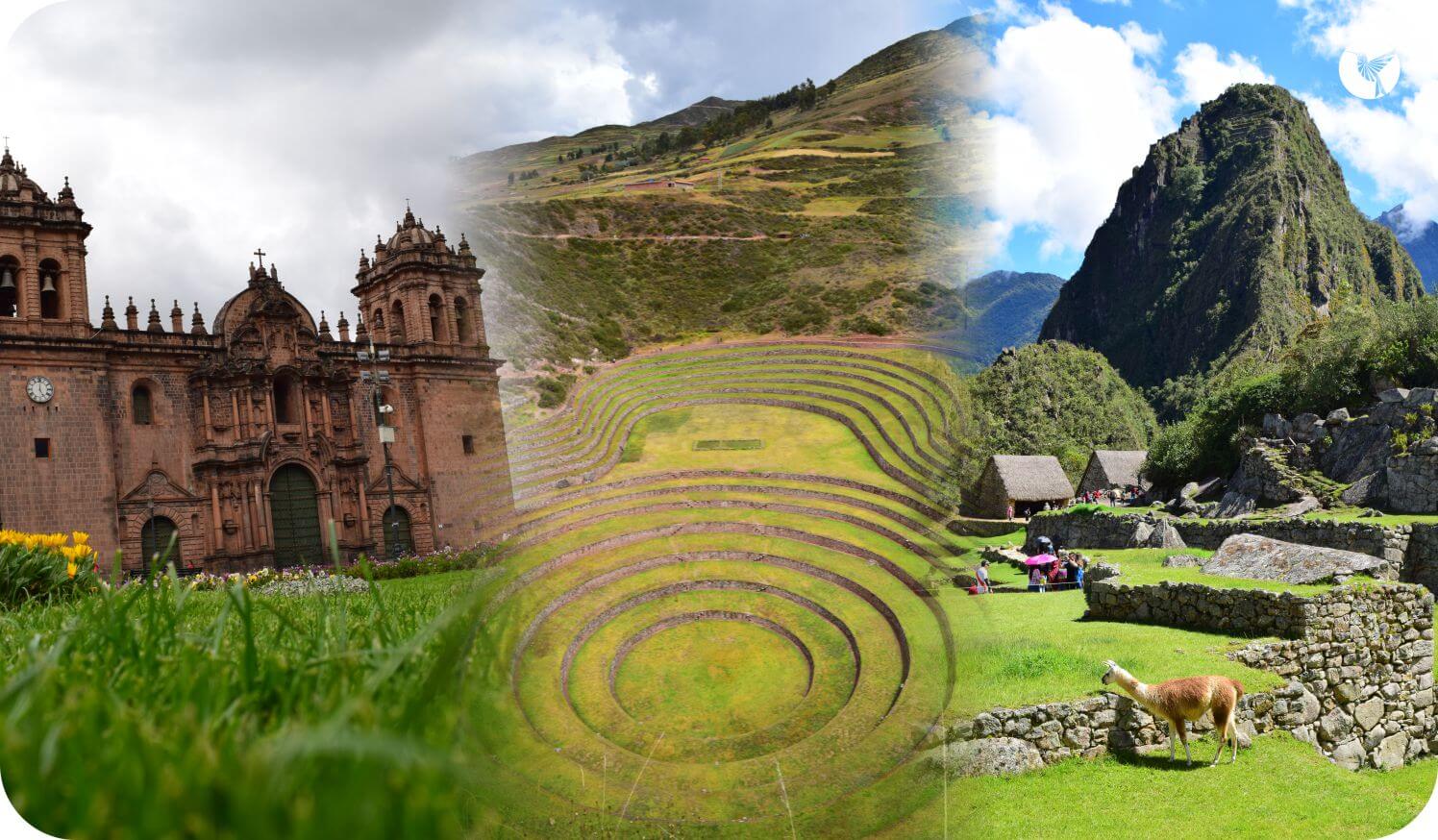
Duration
14 Days
Max. Altitude
14,271 ft - 4,350 m.
Activities
Birdwatching in Peru, Photography, History, Wild life, Gastronomy, Medicinal Plants, Archaeology, boat trip, Traditions.
Difficulty
Moderate
Transport
Van, Bus, Train, Motor Boat and River Raft
Tour Description
This is one of the most wonderful and fascinating nature trips in the world. Our overland route crosses a hight variety of life zones and different Archaeological Sites from highlands to lowlands, taking us through an array of ecosystems found nowhere else on the planet in such close proximity.
We see high altitude farming valleys and traverse stark highlandpuna, plunge through layers of grassland, elfin forest, layers of lush, ever-changing cloud forest, and then lowland tropical valleys where farmers cultivate coca and exotic fruits. All the way we traverse the habitat of many bird species.
Trip Highlights
- Explore Inca city of Cusco and the huge Incas blocks of stone.
- Be one the explorers into the wonder of the world, Machu Picchu.
- Share experiences with the Andes people along the Sacred valley.
- Birdwatching in Peru crossing a hight variety of life zones and different Archaeological Sites from highlands to lowlands.
- Spotting the endemic Bird species of Peru.
- Navigate the Madre de Dios river looking wild life.
- Observe species of Macaws and Parrots.
Itinerary
Welcome to Perú!
You will be met at the airport and escorted to your hotel.
Cusco City Tour
Our representative will be waiting for you in the Airport to transferred to your Hotel. At noon, you will be picked up from your Hotel to start with the City tour where you will visit Main Cathedral (Marvel of the religious), The Koricancha (Temple of the sun), Sacsayhuaman (Majestic place with impressive works in stone which some up to 120 tons), Qenqo (Labyrinth) A religious center dedicated to the adoration, Puca Pucara (Reddish place) that was used as a military control center, Tambomachay (Temple of the Water) a center of adoration and worship of water. Afternoon, dropped off at your Hotel.
Huacarpay – Tipon – Pikillacta – Andahuaylillas
Tour to the south of Cusco, to visit Huacarpay, Tipon, Pikillacta & Andahuaylillas. Enjoy the magnificent mountains, tipical food and towns like Oropesa baker’s town, Pikillacta an adobe complex that was built around 700 to 900 years AD by the Huari Culture and Tipon a complex has been distinguished as a marvel of civil engineering by the American Society of Civil Engineering.
The Huacarpay Lagoon, Wetlands in Cusco are situated at an altitude of 3,020 meters. This High-Andean wetland includes four permanent and one temporary lagoon.
In this lagoon is posible to find almost 60 resident avian species and vital resting grounds for migratory birds. Huacarpay provides significant food and refuge to various threatened birds species such as exotic storks and falcons. Others birds worth mentioning are the very attractive Sparkling Violetear, brightly-colored Rush-Tyrants, Yellow-winged Blackbirds, and the elusive Plumbeous Rail. You’ll also find several species of flycatchers, ducks, and members of the Frigillidae family here. Some of the seven species of raptors can be seen flying once the warms up.
Alpaca farm – Pisac Market – Pisac and Ollantaytambo Archaeological Site.
Full day tour of the Sacred Valley of the Incas, Pisac Archaeological Site and the traditional market, We can look here for variety of Ground-Tyrants & Sierra Finches are always present. Other possibilities include Variable Hawk, Black-chested Buzzard Eagle, Cream-winged Cinclodes, Peruvian Sierra -Finch, Rusty-fronted Canastero and many more Andean passerines. In the afternoon we are going to visit Ollantaytambo one of the few remaining places in the Sacred Valley that has retained its original Inca urban planning.
Abra Malaga – Huyro Lodge
We will drive up from Ollantaytambo to Abra Malaga aprox. two hours, exploring the different elevations of this side of the valley we’ll have all day to work the humid temperate forest. Starting at a large patch of Chusquea bamboo looking for, Unstreaked Tit-tyrant, Inca Wren, Parodi’s Hemispingus, Cuzco Brush Finch and Puna Thistletail (all of them Peruvian endemic species). Other possibilities throughout the day include: Black-eared Hemispingus Black-capped Hemispingus, Drab Hemispingus, Golden-collared Tanager, Scarlet-Bellied Mountain-Tanager and other Tanagers, White-throated and White-banded Tyrannulets, Andean Ibis, Sierran Elaenia, Diademed and Trilling Tapaculo a lot more. Rufous antpitta, Undulated Antpitta’s, etc. Finally we arrive to Huyro Ecolodge.
Huyro Lodge – Abra Malaga – Ollantaytambo
Early morning we are going to start birding in the different trail systems of the lodge where is possible to find: where is possible to find: Speakled Chachalaka, Hood Billed Kite, Plumbeos Kite, Russet Crowned Crake, White Tipped Dove, Mitred Parrakeet, Yellow Billed Cuckoo, Striped Cuckoo, Tropical Screech Owl, Green Hermit, Swallow Tailed Hummingbird, Blue Tailed Emerald, Sparkling Violetear, White Belied Hummingbird, Booted Racket Tail, White Belied Wood Star, Andean Motmot, Golden Headed Quetzal, Versicolored Barbet, Ocellated Picullet, Lineated Woodpecker, Azaras Spinetail, Barred Antshrike, Scaled Antpita, Yellow Billed Elaenia, Common Tody Flycatcher, Wester Wood Pewee, Andean Cock Of The Rock, Blue Gray Tanager, Silver Backed Tanager, Blue Necked Tanager, Rusty Flowerpiercer, Speactacled Red Star, Russet Backed Oropendola, Crested Oropendola, Giant Cowbird, Thick Billed Euphonia, Buff Fronted Owl, Blue Naped Chlorophonia, Turkey Vulture, Hepatic Tanager, Palm Tanager, House Wren, by the afternoon we will return to Ollantaytambo village.
Machu Picchu Sanctuary
In the morning we will go to take the train to Aguas Calientes Town to visit the UNESCO World Heritage Site Machu Picchu, The Sanctuary of Machu Picchu is consider the best place for people which are interested in culture and birding. We also spend sufficent time at Machu Picchu to feel the magic of the citadel.
The 32,590 hectares of the protected Sanctuary of Machu Picchu harbors approximately 406 species of birds. The historical and archaeological attractions of Machu Picchu add to the experience for ornithologists and birdwatchers.
Train to Cusco
After your breakfast, we will explore an Orquid Garden for birding and to see some orquids, then you will aboard the train journey to Ollantaytambo and by car to Cusco. Upon your arrival to Cusco, you will be meeting with our staff and then transfer back to your Hotel.
Trip to Manu National Park
This morning we travel along the Andes, our trip we will pass through inter Andean valleys and this provides great chances to search for a couple of endemics from the Andean side, Bearded mountaineer, Chestnut breasted mountain finch and other interesting bird for the high Andean mountains such as; Andean Flicker, mountain Caracara, Andean lapwing and if lucky enough dotterel that are seasonal visitors to the agricultural fields.
We continue to the Colonial town of Paucartambo, from there we go up to Acjanaco pass at 3600 meters in elevation where a ranger post marks the most Southern point of the Park up there the vegetation is scattered and we will look for birds of the high mountain forest, Chestnut-bellied mountain-tanager, Tawny-rumped tyrannulet, Band-tailed and Barred fruiteater in the mixed flocks, among others. While transecting along the Cloud Forest, we will make walks in search of bird species, as we continuing driving down into the mountain the vegetation will gradually have changed into a more dense vegetation it holds birds species like Golden headed quetzals, Stripe-faced Wood-quail, Yungas pigmy owl, Blue-banded toucanet Crimson-mantled woodpecker, Mountain cacique and mixed flocks as they are more frequently to find them flying across the road.
During the afternoon our target bird would be the Cock of the rocks (Peru’s national bird) it more easy to find them while they are displaying at their lek, (the male birds are a vibrant reddish orange, and as many as several dozen get together for an exhibition of a mating ritual dance in a place called Lek) After this fascinating experience we will searching diligently for more species that are still found at this high ; Yungas Manakin, Quetzals, versicolored Barbed, Orange Eared Tanager, streak necked flycatcher, Andean Motmot among others. If lucky enough we may see the Lyre tailed nightjar during dusk. overnight at Cock of the Rock Lodge.
Cloud and Rainforest
Today we wake up very early to observe Cock of the rocks (Rupicola peruviana), Peru’s national bird from a platform. The male birds are a vibrant reddish orange, and as many as several dozen get together for an exhibition of a mating ritual dance in a place called “Lek”. After this we will visit the flowers / feeders that attacks hummingbirds; in total we will be able to see around 13 species of them: Booted Racket Tail, Wire crested Thorntail, Gree Hermit, Buff Tailed Sicklebill, Many Spotted Hummingbird, Violet Fronted Brilliant, White Bellied Woodstar, Peruvian Piedtail, long Tailed Sylph, Wedge Billed Hummingbird, Speckled Hummingbird, Fawn Breasted Brilliant, and common Sparkling Violetear.
Along the walk we can also see species like: White crowned Tapaculo, Yungas Manakin, Crested Quetzal, versicolored Barbed, Orange Eared Tanager, streak necked flycatcher, Andean Motmot, and many more. After the morning activity we go out for a walk along a trail or road we can see more birds and such as: Slaty Gnateater,
Chestnut breasted Wren, Cinnamon faced Tyranulet, Spotted Nightingale Thrush, Tyrannine Woodcreeper, Masked Trogon, Crimson Bellied Woodpecker, Black Streaked puffbird, Paradise Tanager, Saffron Crowned Tanager, Golden Tanager, Brown Tinamou, and possibly Lanceolated monklet, Peruvian piedtail, black and chesnut hawk eagle. Later we head the mountains down to observe other interesting species such as; cerulean capped manakin, olive flycatcher, ornate flycatcher, yellow bellied antwren, olive flycatcher, cinnanmon faced tyrannulet, green hermit if lucky enough we may see the umbrella bird. Driving the mountains down we will arrive to our lodge Guadalupe Ecological Reserve.
Birding in Guadalupe Reserve
After breakfast we will explore the bamboo forest that holds an unique collection of birds such as; White checked tody-flycatcher, yellow tyrannulet, red billed scythebill, pavonie cuckoo, bamboo antshrike, blackish antbird, dot winged antwren, dusky checked foliage gleaner and the Black backed tody flycatcher, yellow billed nunbird after that we will explore the second growth forest to observe the blue headed Macaw, Chestnut fronted Macaw, Fiery capped Manakin, White eyed parakeet, Chestnut backed Antshrike, Golden Tanager, black hawk eagle, and much more.
A lunch while observing birds in the foothills mountains along the river and pastures we will be looking for seedeaters, sparrows, we will have chances to observe the plum throated cotinga, fine barred piculet, blue crowned and black tailed trogons, round tailed manakin and many more, walking in the afternoon we will have a greater chances to see common Pauraque and the spectacled owl. Overnight at Guadalupe Ecological Reserve.
Machuhuasi Oxbow Lake
At dawn each animal songs with its own unique voice being a natural awake call and a moderate walking early provides a good opportunity to experience the nature, we will pass by the palm forest to observe the beautiful blue and gold macaws and other animals, after breakfast will descend out of the foothills, the road crosses a low set of hills where we get the Alto Madre de Dios River where the Alto Madre de Dios river starts off rocky and fast with herons, egrets often seen foraging on the rocky gravel bars and we will keep a close watch for other animals, we will specifically visit the Machu-wasy lagoon, where we will see hoatzins one of the most strange Amazonian looking bird as well as variety of lake edge birds, black-capped donacobious, horned screamers, egrets, herons, wood-rails, flycatchers among others.
In the afternoon, we will start another walk through the different types of forest rich in biodiversity as we move deep into the heart of the evergreen forest following the trails that goes to the giant kapok tree, we may get to see other types of birds.
We will return to Atalaya Port by motor boat and passing by some second growth forest making our way back to the lodge which provides access to fascinating habitat, the diversity of the tree, occasionally the chances for seeing capuchin and red howler monkeys are so good, we will also visit a natural caves which is predilect site to spot the strange creatures such as spiders, bats, scorpions, after exploring the forest we will have a refreshing bath in the transparent river that flows from the core of the park.
Back to Cusco
After breakfast and early depart from Guadalupe Ecological Reserve to observe interesting birds along the road such as, scarlet hooded barbet, great potoo, yellow browed tody-flycatcher, ruddy foliage-gleaner and other, later on we will pack our luggage to proceed with our return journey having some stops for birding along the way.
Flight to Lima
After breakfast, pick up from your Hotel to transfer to the airport for the flight back to Lima.
- Transfers from/to hotel.
- Accommodation based on the selected Lodges and Hotels category.
- Excursions as noted in the itinerary.
- English speaking Nature Guide.
- Meals as noted (B: breakfast, L: lunch, D: dinner).
- Buffet lunch along the Sacred valley.
- Bus ticket (Aguas Calientes – Machu Picchu)
- Train ticket RT. (Ollantaytambo – Machu Picchu).
- Entrance ticket to Machu Picchu.
- Entrance fees to the sites mentioned in the itinerary.
- Domestic flights.
- Assistance by English speaking staff from the beginning to your return.
Not included:
- International flights.
- Additional tours.
- Tips, extra expenses, Beverages.
- Binoculars.
- A shaman for a private Ayahuasca meditation ceremony.
- Hone your kitchen skills during Peruvian cooking classes with celebrated chefs.
- Admire views of the Andes from your luxury, vintage-style carriage on the Belmond Hiram Bingham Train.
- Horse riding to Sacsayhuaman, Qenqo, Pucapucara and Tambomachay
- Original passport.
- Binoculars.
- Flashlight and extra batteries.
- Day pack is good to bring to carry your camera, water, rain jacket.
- Confortable shoes.
- Rain jacket or poncho (December – April).
- Sport sandals or water shoes.
- Personal hygiene products.
- Hat or cap to protect you from the sun.
- Sun block (sun protection cream).
- Insect repellent.
- Snacks, chocolate, dried fruit, etc.
- Camera, plenty of film and batteries.
- Sunglasses
- Extra Money (soles).
- Swimwear.
Altitude
As soon as people book their trip to Peru, specifically Cusco, they start wondering about altitude sickness. The air at high altitudes contains less oxygen than at sea level and forces your body to work harder to get the oxygen it needs. Over several days at high altitude, your body adjusts to the lower amount of oxygen in the air.
With altitude sickness, you may first feel like you have the flu or a hangover. You may have a headache, tiredness, loss of appetite, nausea or vomiting, dizziness, trouble sleeping, trouble breathing during exercise. If any of these effects become severe, please contact our office and we will help you get to a doctor.
Most of the time, these symptoms will be mild. We always recommend easing into activity slowly, allowing your body to adjust. Drink plenty of fluids such as water or coca tea. Coca tea has been used since ancient times to help prevent altitude sickness. Leaves from the coca plant contain alkaloids which helps bring oxygen into your blood, helping your body avoid the effects of altitude sickness. Avoid drinking a lot of alcohol and coffee. They will cause you to urinate more often and become dehydrated. Avoid smoking. Smoking makes it more difficult for your body to get oxygen. Avoid sleeping pills. They may cause shallow breathing at night, making it more difficult for your body to absorb oxygen while you sleep.
Your healthcare provider may prescribe medicines, such as acetazolamide and dexamethasone, to help prevent altitude sickness. Start the medicine two days before you get to a high altitude. Continue to take it while you are at high altitude.
Luggage Storage
Even though this is an overnight tour by train, your luggage allowance is still limited due to restrictions on the train. All bags brought to Aguas Calientes (Machu Picchu) need to be carry on size. Any extra luggage you have with you can be left safely in Cusco at either your hotel or with us at the Neotropic Peru Travel deposit while you travel. We will grab from you the morning of your tour and return once you are back in Cusco. Make sure your bags have some kind of identification on them so they are easy to locate.
Weather
Of course weather is unpredictable. Typically the dry season in Cusco is from April through October, but this does not stop rain from falling in June or the sun from coming out in December – just be prepared. No matter what month you are doing the trek, please make sure that you have rain gear that includes a waterproof jacket, pants, poncho and waterproof gloves.
Also prepare for four seasons. Many of the treks through the Andes involve many micro-climates and you will need to be prepared for all seasons. Layers are always key as they are easy to adjust to the different temperatures. And evenings will always be cold, so please be prepared with a warm, winter-weight jacket.
Can I design my own trip?
Absolutely. If you want you can change the program according your interest, just let us know and the Neotropic Travel Designer is going to give you more options.
Are flights included?
Unfortunately no. Neotropic Peru does not include flights for this trip.
But the local flights can be purchase upon customers request.
Which Vaccines Do I Need for Peru?
Vaccines for Peru vary based on your specific itinerary. A Passport Health travel specialist will help you decide which vaccines are best for you. The CDC and WHO have recommended that travelers receive the following vaccines:
- Yellow Fever
- Hepatitis A
- Hepatitis B
Related Tours

